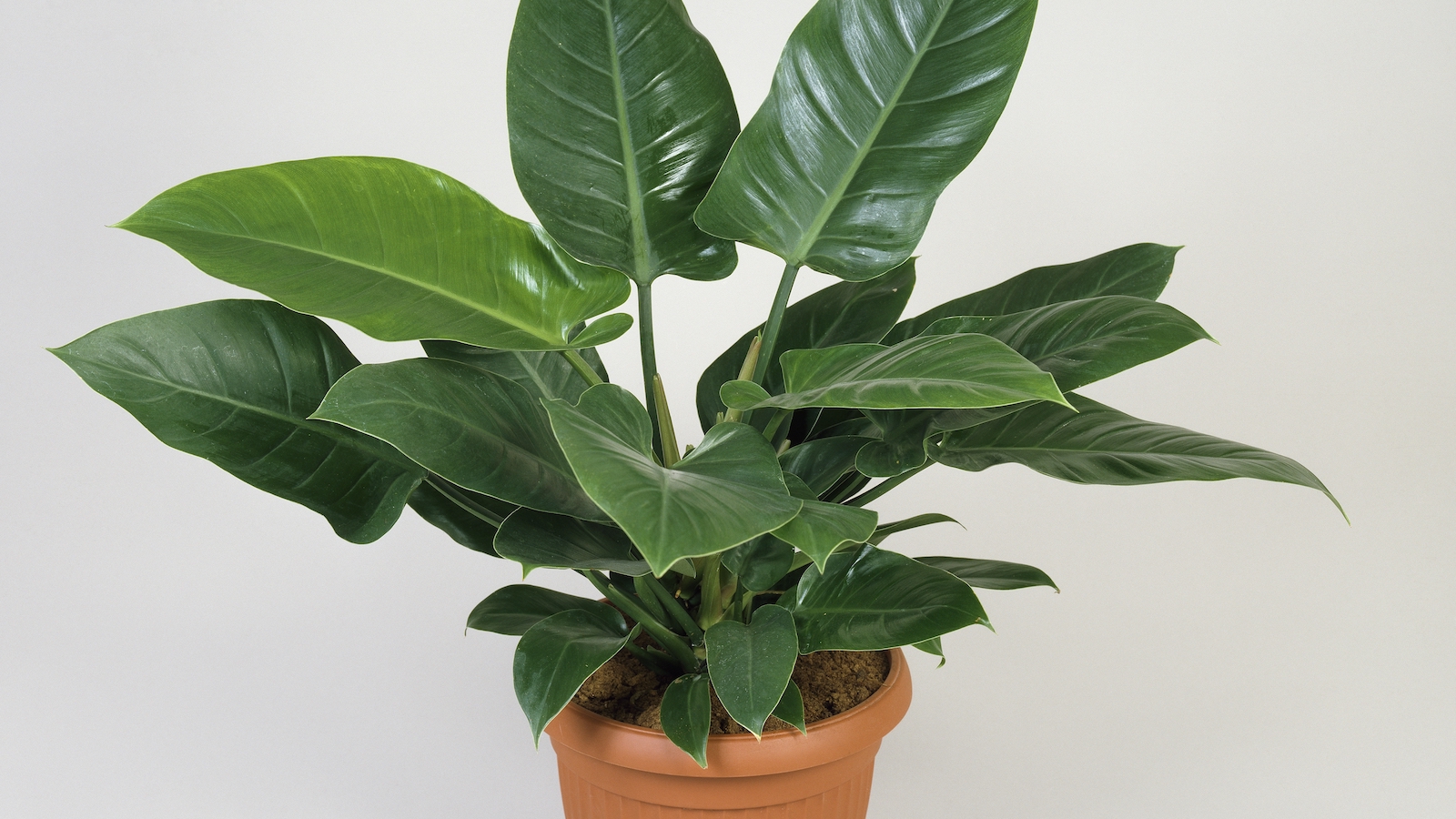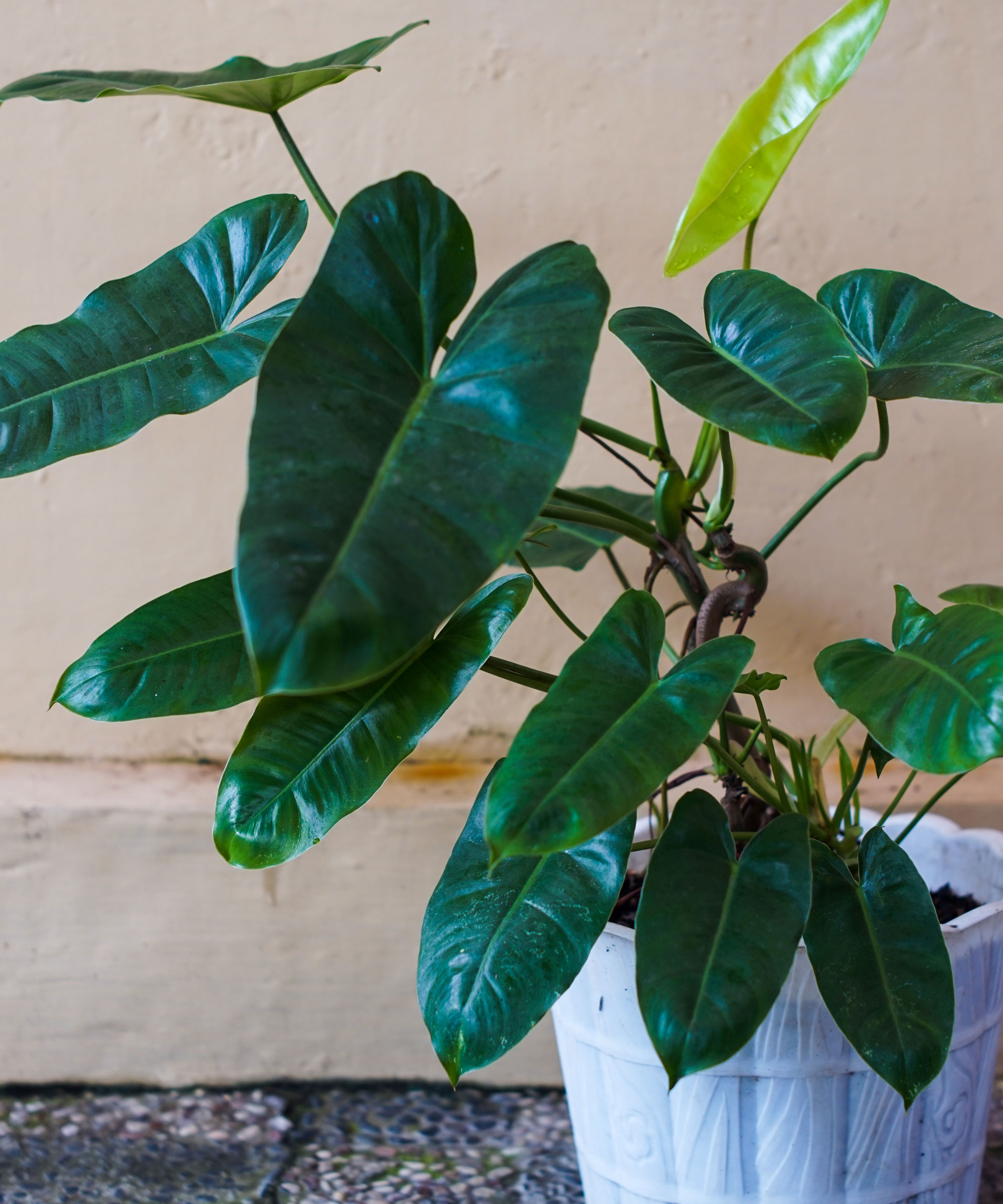
A philodendron turning yellow is a sign that something is amiss. Know why it can happen, though, and you can help the plant thrive in your home once more.
The best indoor plants can transform living spaces with their color and shape, bringing nature’s beauty to interiors. Many are undemanding to look after, including philodendrons, but it’s still important to care for them correctly to keep them healthy.
If you’ve asked the question why is my philodendron turning yellow, these are the reasons the experts identify along with what you can do to solve each issue.
3 reasons why a philodendron is turning yellow
There’s a wide selection of philodendron varieties to bring into your home. Heartleaf philodendron, for example, is one of the best bathroom plants, while philodendron Jose Buono is one of our favorite tall indoor plants. Philodendron is also one of the feng shui plants that are believed to bring positive energy to your interiors.
Proper care for philodendrons isn’t typically complicated but a plant that’s turning yellow shows that something isn’t quite right in the regime you’re using. These are the possibilities.

1. Under or overwatering
Getting watering wrong is often the reason philodendrons turn yellow. ‘If you overwater the plant, the roots can become waterlogged and deprived of oxygen, leading to root rot,’ says plant expert Stephen Webb of Garden’s Whisper. ‘As a result, the plant’s ability to absorb nutrients and water becomes compromised, causing yellowing of the leaves. Conversely, underwatering can also cause yellowing due to dehydration and nutrient deficiency.
‘To get the watering right, it’s crucial to balance moisture and dryness. Ensure that the soil is well-draining, allowing excess water to escape. Wait until the top inch or so of the soil feels dry to the touch before watering thoroughly. Avoid leaving the plant in standing water; use a container with drainage holes. Regularly check the moisture level, especially during different seasons, as watering needs may vary.’
2. Lack of light
Your philodendron plant needs the right light level to thrive. ‘Philodendron leaves can turn yellow from insufficient light,’ says indoor plant expert Vladan Nikolic of Mr Houseplant.
‘This occurs because the amount of light available to the plant allows it to support only a certain number of leaves. Older leaves will turn yellow and die if your philodendron doesn’t receive enough light to support all of its leaves. Give your plant a lot of bright, indirect light to avoid this. Place the plant in front of a window instead of to the side, and in front of a window instead of 5 feet away.
‘Consider purchasing a grow light if you can’t provide it with the amount of natural light it needs,’ he suggests.
3. Pests
Pests can turn the plant yellow. ‘Common culprits include spider mites, aphids, mealybugs, and scale insects,’ says Stephen Webb. ‘These pests feed on the plant’s sap, leading to wilting, yellowing, and overall decline in health.
‘Early detection and swift action are essential to deal with these pests effectively. Inspect your philodendron regularly, particularly the undersides of leaves, where pests tend to hide. If you spot any signs of infestation, isolate the plant to prevent further spread.
‘Treat the affected plant with a gentle insecticidal soap or neem oil, following the product instructions carefully. These natural remedies can help control pests without harming the plant or the environment. You may need to resort to chemical insecticides for more severe infestations, but exercise caution and follow the directions provided.’
FAQs
Should you remove yellow leaves from a philodendron?
It’s a good idea to remove yellow leaves from a philodendron. ‘Yellow leaves indicate that there may be a problem with the plant’s health, and removing them can prevent further issues and promote overall growth,’ says plant expert Stephen Webbof Garden’s Whisper. ‘When removing yellow leaves, use clean, sharp scissors or pruning shears to make clean cuts near the base of the leaf stem. Avoid tearing the leaves, as it can cause additional stress to the plant. Also, dispose of the removed leaves properly to prevent spreading potential diseases or pests.’
A philodendron turning yellow isn’t necessarily something to be alarmed about. ‘Remember that yellowing leaves can be a natural part of a plant’s life cycle, especially older leaves that naturally yellow and drop off over time,’ says Stephen Webb. ‘However, if you notice excessive yellowing or a pattern of yellowing throughout the plant, it’s essential to address the underlying issues with watering, lighting, or pest control to ensure your philodendron remains vibrant and healthy.’







